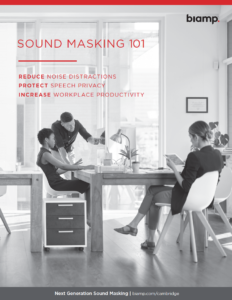A common staple of the modern office is the “open office” plan – no walls, no barriers, more faces. The idea is to create a less isolated environment, better suited for employees to collaborate on projects, as well as to simply provide a more positive work experience. However, a scientific study found some contradictory results. This study is the first of its kind; no other study has measured changes in actual interactions within open vs. closed office environments. In a company that completely transformed their closed office into a modern open office, the scientists measured the participant’s interactions in both types of office settings. These interactions were measured using a small, high-tech sensor device that detected speaking, face-to-face communication, body movement, posture, and spatial location. These sensors, along with IMing and emailing frequency, were all used to determine changes in participants’ interactions.
The study’s counter-intuitive findings speak for themselves: overall face-to-face interaction detected by the sensors decreased by a whopping 70%. While electronic interaction (IM and email) offset this a bit by increasing 20-50%, this hardly takes away from the fact that the open-office remodel was a step backwards from the goal it was trying to achieve. The reason? Every human, no matter their level of extroversion, requires privacy to achieve productivity. When the sensation of privacy gets removed, the employees subconsciously search for other means of privacy. Thus, they compensate by decreasing their person-to-person interactions. The lack of privacy that accompanies an open-office plan causes human interaction to morph from a pleasure to an obstacle.
It is crucial to note that this experiment in not the be-all- end-all of open office plans. Despite the flaws, there are several legitimate benefits to having an open office. Examples include the office layout’s malleability, and the lessening of social hierarchies. Every office setting has its pros and cons, and no environment is entirely good or bad. This piece does not aim to de-legitimize open office spaces. It simply aims to point out one specific flaw: the lack of privacy.
Open-office plans are appearing at an increasing rate, with 70% of US offices having low or zero barriers in 2017. Instead of fighting this trend, the most logical solution is to work around any flaws it may bring. This is where sound masking comes in. Any office environment riddled by distracting noise can easily be tamed with this phenomenon. Learn more about sound masking and find out how Cambridge Sound Management can contribute to your office environment. Enjoy the benefits of an open office without sacrificing your privacy.
Written by Matt Wolf





